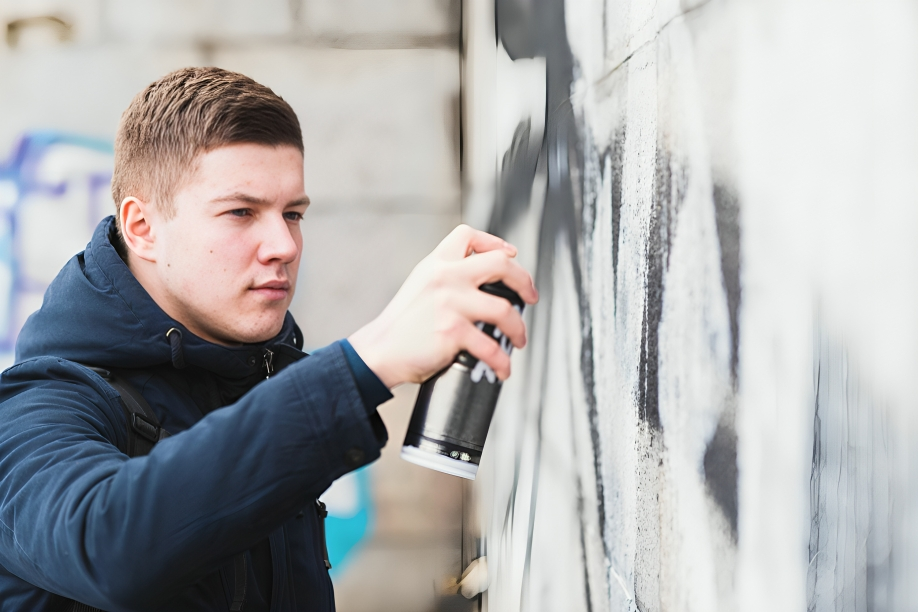Removing spray foam insulation might seem straightforward, but many homeowners need help with unexpected hurdles. Spray foam is highly effective for insulation, but the process can be time-consuming and challenging. Understanding the common challenges associated with spray foam insulation removal can help you prepare and handle the situation more effectively.
Introduction to Spray Foam Insulation Removal
Spray foam insulation is popular for its excellent insulating properties and ability to fill gaps, creating a strong barrier against air and moisture. However, there are situations where removing it becomes necessary. Whether due to improper installation, moisture problems, or remodelling plans, getting rid of spray foam insulation is not as simple as it sounds.
The Complexity of Adhesion and Durability
One of the primary reasons spray foam insulation is so effective is its excellent adhesive qualities. Once applied, the foam adheres strongly to various surfaces, including wood, metal, and drywall. While beneficial for insulation, this adhesion becomes a major challenge during removal.
The foam’s durability means that scraping it off surfaces takes time. The longer the foam has been in place, the harder it becomes to remove. Trying to peel or scrape it off without damaging the surface underneath is one of the toughest parts of the job.
Limited Access to Tight Spaces
Spray foam often fills small cracks and crevices that are hard to reach. When it’s time to remove it, these tight spaces pose a significant problem. Homeowners might struggle to access areas where the foam has expanded deep into corners or behind wall studs.
Additionally, removing foam from hard-to-reach spots often requires specialised tools. Even with the right equipment, removing the foam from such tight areas can be frustrating and time-consuming.
Health and Safety Concerns
Another challenge during spray foam insulation removal is the potential health risks. Spray foam can release harmful chemicals, especially when it’s broken apart or sanded down. Exposure to these chemicals can lead to respiratory issues and skin irritation without proper safety measures.
Wearing protective gear such as gloves, masks, and safety glasses is essential when removing spray foam insulation. Many homeowners underestimate the importance of safety precautions, which can lead to health problems during the process.
Difficulty in Minimising Damage to Surrounding Structures
One of the most critical aspects of spray foam insulation removal is ensuring that the surrounding structure isn’t damaged. Whether it’s walls, ceilings, or electrical wiring, spray foam clings to everything it touches.
Removing foam from delicate surfaces like drywall can cause tearing or gouging, leading to additional repairs. Homeowners often struggle to balance removing the foam effectively and keeping the integrity of the underlying structure intact.
Time and Effort Required for Large Areas
Removal can be particularly labor-intensive for larger areas of spray foam insulation. What might start as a small project can quickly escalate into a full-day or multi-day job. The time required to remove the foam insulation is often underestimated, and without the right techniques, the process can drag on.
In cases where the foam has been applied in thick layers or covers extensive surface areas, using improper tools can add even more time to the process. Many homeowners prefer to hire professionals to tackle these larger projects, as they can be overwhelming for those without experience.
Environmental Considerations
Another aspect of spray foam insulation removal that is often overlooked is the environmental impact. Disposing of foam insulation improperly can be harmful to the environment, as it is not biodegradable. Some local regulations may even have specific requirements for the disposal of spray foam materials.
Ensuring that the removed insulation is disposed of according to local guidelines is crucial. In places like Maidenhead, residents may have specific disposal rules for spray foam materials, making it essential to plan ahead for proper waste management.
Conclusion: Is Professional Help the Best Option?
While DIY spray foam removal is possible, the challenges can make the process daunting. From adhesion difficulties and limited access to health concerns and environmental considerations, it’s clear that this task is more complex than it seems at first glance.
Hiring professionals can save time, effort, and potential damage for many homeowners, especially those dealing with spray foam removal Maidenhead. Professionals have the right tools and experience to remove the foam efficiently, ensuring that your home remains intact.
Ultimately, it’s important to weigh the challenges of spray foam insulation removal against your ability to handle them. A DIY approach may be feasible for small areas, but for larger projects or areas with difficult access, professional assistance is often the best course of action.

